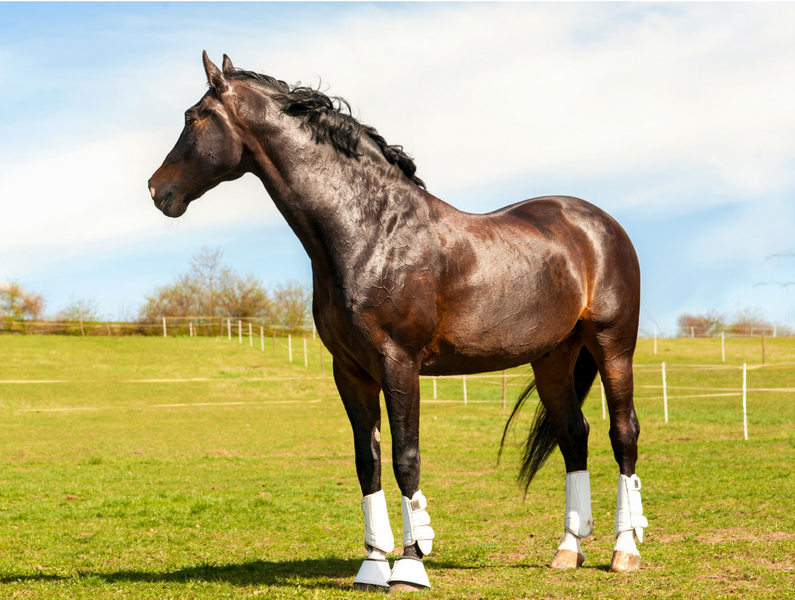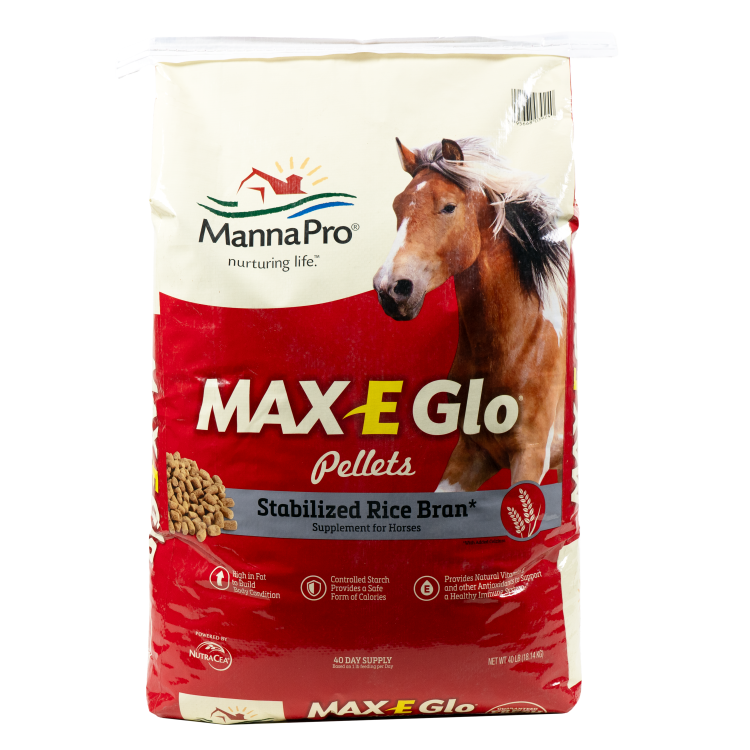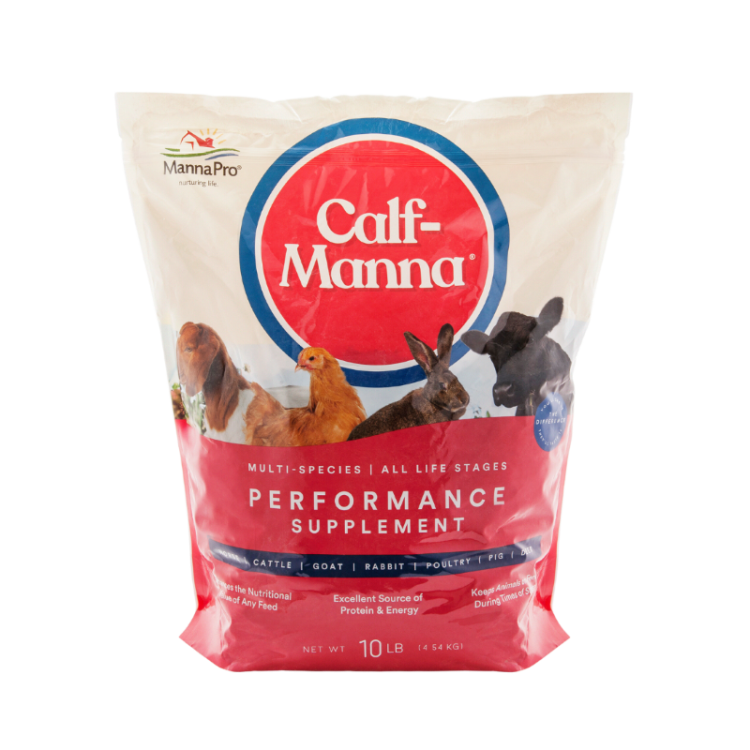Posted by Dr. Rob McCoy, Tue, Oct 4, 2016

Horse owners have numerous choices when it comes to equine supplements. One of the more popular is Stabilized Rice Bran; however, all rice brans are not created equal! Did you know that Stabilized Rice Bran is not the same as rice bran? Stabilized Rice Bran (SRB) is packed with vitamin E, Omega fatty acids and fat. Fat is important because it is a good source of calories and easy on the digestive tract, making it an ideal way to add fat to a horse’s diet and avoid grain and starch overload. Don’t be fooled—there are raw rice bran products available for purchase at a lower cost, but horse owners need to be aware of quality limitations in these products.
Do you know where SRB originates?
We are all familiar with rice, but what you may not know is the anatomy of the actual kernel. The rice that humans eat is the white rice on the very inside of the grain. The “bran” is the brown layer surrounding the white kernel. Surrounding both of those is the rice hull, which is lowly digestible. Also, inside the rice kernel is the rice germ, which also contains oil. The bran is the component of the kernel used in horse feeds and is separated via a milling process. The actual bran is very rich in fat, vitamin E and natural antioxidants. This makes for an excellent nutritional supplement!

Unstabilized Rice Bran
Be careful! As mentioned above, rice bran that hasn’t been stabilized can become rancid very quickly. During milling, the oil from the rice bran and germ will come in contact with a lipase enzyme inside the kernel. The enzyme will break down the fat within the bran and make it smelly and unpalatable rather quickly.
When it comes to horse weight gain, unstabilized rice bran is not very palatable to horses, causing them to reject it and possibly lose weight. There are rice brans that have not been stabilized in feed stores across the country, so it is very important that you keep your eyes peeled for products such as Max-E Glo® Stabilized Rice Bran.
Stabilized Rice Bran for Horses
To prevent the bran from oxidizing and going rancid, the bran must be stabilized with heat and pressure to deactivate the enzyme and prevent the deterioration of fat. It is very important that the stabilization process preserve the nutritional value of the bran. By stabilizing the bran right after it is milled, its nutritional value is preserved; high-quality bran can have a shelf life of up to a year! Stabilized Rice Bran will include the following nutritional values for your horse: Fat. Fat is a great source of calories and easy on the digestive tract, making it an ideal way to add fat to a horse’s diet and avoid grain and starch overload (Max-E Glo contains 18% fat and is all natural). Any horse owner that wants to add fat or calories to their horse’s diet could consider feeding Stabilized Rice Bran. Essential Fatty Acids. The high-quality fat provides horses with essential fatty acids: Omega-3, Omega-6 and Omega-9. These acids have numerous benefits, including improved coat condition and cell integrity. This is why Max-E Glo will give your horse a shiny coat.
Vitamin E. Vitamin E boosts the immune system and has been shown to help horses that are prone to “tying up.”
Gamma Oryzanol. That is a mouthful! This unsung hero of a compound is believed to help with the repair and rebuilding of muscle, and Stabilized Rice Bran is an excellent source for it.
Fiber Content. The digestible fiber in SRB (Max-E Glo has a fiber content of 8.5%) make it less likely to lead to digestive issues than other, more starchy calorie sources. Now you are a rice bran expert!
Why is Max-E Glo Stabilized Rice Bran the Best-Quality Rice Bran Available for Horses? Max-E Glo Stabilized Rice Bran is manufactured to only the highest quality standards. In fact, the same rice bran that we provide for your horse is utilized in human food! It is non-GMO, gluten free and all natural.




